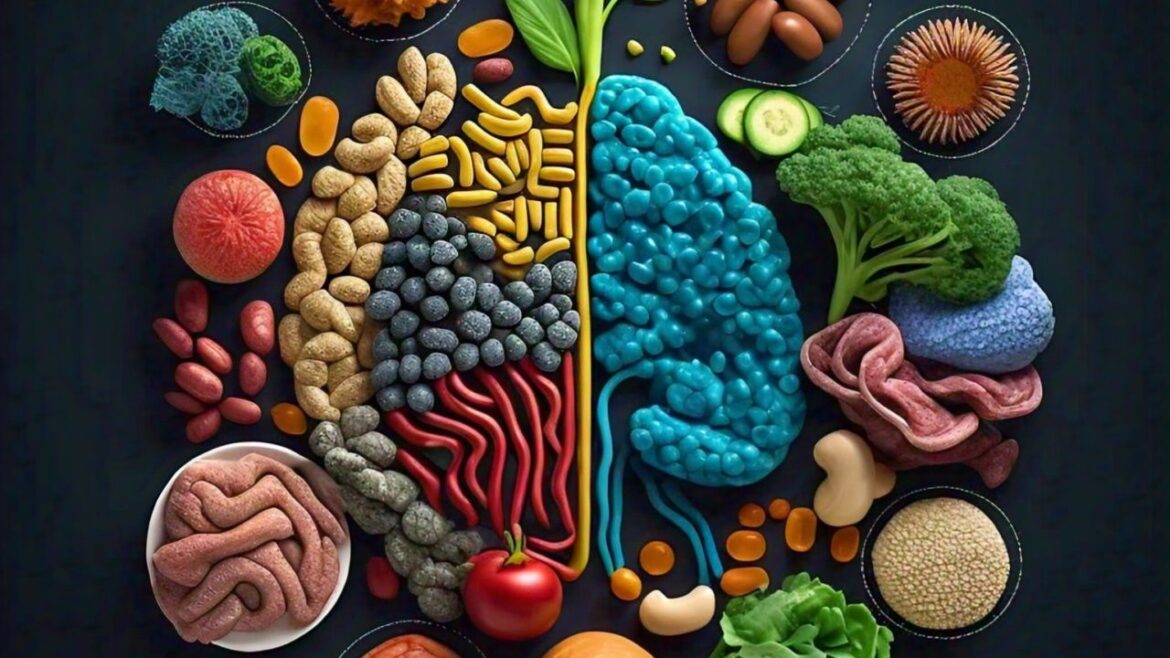Understanding Emerging Diseases: A Comprehensive Overview
https://icdrc.org/wp-content/uploads/2024/07/Global_Examples_of_Emerging_and_Re-Emerging_Infectious_Diseases-1024x683.jpg 1024 683 admin admin https://secure.gravatar.com/avatar/693ccb227eb6527287caaa4e9eb13c6e?s=96&d=mm&r=gEmerging diseases are a global concern. These illnesses have recently increased in incidence or geographic range. They can be caused by new pathogens or the re-emergence of old ones. In our increasingly interconnected world, understanding these diseases is crucial. This blog will explore the key factors driving the rise of emerging diseases, their impact on global health, and the strategies to address them.
What Are Emerging Diseases?
Emerging diseases are illnesses that have recently become more common or widespread. They can be caused by newly identified pathogens or known pathogens that have evolved. The term “emerging” highlights their increased incidence or spread.
New Pathogens: For instance, new diseases often arise from pathogens previously unknown to science. These can be viruses, bacteria, fungi, or parasites. A notable example is the SARS-CoV-2 virus that causes COVID-19. This new pathogen quickly spread worldwide.
Old Pathogens, New Problems: Similarly, old pathogens can reappear in new forms. Antibiotic-resistant bacteria are a prime example. These bacteria have evolved to resist treatment, making them harder to control.
Re-emerging Diseases: On the other hand, some diseases that had been under control are now making a comeback. Reduced vaccination rates or lapses in public health measures often lead to their resurgence.
Why Are Emerging Diseases on the Rise?
Several factors contribute to the rise of diseases. Understanding these factors helps in planning effective responses.
Globalization: For example, increased travel and trade mean that diseases can spread quickly across borders. What starts as a localized outbreak can become a global pandemic within weeks.
Urbanization: Likewise, rapid urban growth often results in overcrowded and unsanitary conditions. These conditions facilitate the spread of diseases. Urban areas are therefore hotspots for disease transmission.
Climate Change: Furthermore, changes in climate can alter the habitats of vectors like mosquitoes and ticks. This shift can lead to the spread of diseases such as malaria and Lyme disease. Warmer temperatures, for instance, expand the range of these vectors.
Antibiotic Resistance: Overuse and misuse of antibiotics have led to the rise of antibiotic-resistant bacteria. These bacteria are difficult to treat and pose a significant challenge to public health.
Zoonotic Diseases: Many emerging diseases originate in animals and are transmitted to humans. This zoonotic transmission is facilitated by closer contact between wildlife and human populations due to deforestation and habitat encroachment.
Examples of Emerging Diseases
Several emerging diseases highlight these trends and their impacts on global health.
COVID-19: Caused by the SARS-CoV-2 virus, COVID-19 demonstrates how quickly a new pathogen can spread. Originating in Wuhan, China, it quickly became a global pandemic. This outbreak affected millions worldwide and disrupted daily life.
Ebola Virus: The Ebola outbreak in West Africa (2014-2016) shows how a deadly disease can emerge. Ebola is severe and often fatal, with high mortality rates. Its spread was facilitated by the movement of people and inadequate health infrastructure.
Zika Virus: Similarly, the Zika outbreak in the Americas (2015-2016) was notable for its association with birth defects like microcephaly. Spread by Aedes mosquitoes, this outbreak highlighted how climate change and urbanization can facilitate the spread of mosquito-borne diseases.
Antibiotic-Resistant Infections: Infections caused by resistant bacteria, such as MRSA (Methicillin-resistant Staphylococcus aureus), are becoming more common. These infections are difficult to treat and can lead to increased morbidity and mortality.
Impact on Global Health
Emerging diseases can have significant impacts on global health. Their effects are felt across various dimensions.
Health Systems: Emerging diseases can overwhelm healthcare systems. For instance, the COVID-19 pandemic put immense pressure on hospitals and healthcare workers worldwide.
Economies: Disease outbreaks can also disrupt economies. Travel restrictions, quarantine measures, and healthcare costs contribute to economic instability. The economic impact of COVID-19, for example, was profound, affecting businesses, jobs, and economies globally.
Society: Emerging diseases also affect society. Fear and misinformation can spread alongside the disease, leading to stigma and discrimination. Public health measures, such as social distancing and mask-wearing, impact daily life and social interactions.
Research and Development: Emerging diseases drive research and development efforts. Vaccine development, treatment protocols, and diagnostic tools are crucial for managing new diseases. The rapid development of COVID-19 vaccines was a significant achievement.
Strategies to Address Emerging Diseases
Effective strategies are essential for managing and mitigating the impact of emerging diseases. These strategies involve multiple approaches.
Surveillance and Monitoring: Early detection is key. Surveillance systems track disease outbreaks and identify new threats. Monitoring trends and patterns helps in anticipating and responding to emerging diseases.
Vaccination: Vaccines play a crucial role in preventing disease outbreaks. Developing and distributing vaccines quickly can control the spread of new diseases. The rapid development and deployment of COVID-19 vaccines, for instance, helped curb the pandemic.
Public Health Measures: Measures such as quarantine, social distancing, and wearing masks reduce disease transmission. Additionally, public health campaigns to educate people about hygiene and vaccination are also important.
Antibiotic Stewardship: Reducing the overuse and misuse of antibiotics helps combat antibiotic resistance. Promoting responsible use and developing new antibiotics are key components of this strategy.
Global Cooperation: Emerging diseases are a global challenge requiring international cooperation. Countries must work together to share information, resources, and expertise. Organizations like the World Health Organization (WHO) play a vital role in coordinating global responses.
Research and Innovation: Ongoing research is essential for understanding emerging diseases. Investing in research for vaccines, treatments, and diagnostics improves our ability to respond to new threats. Innovations in technology, such as rapid testing and genomic surveillance, are also important.
Conclusion
Emerging diseases present a significant challenge to global health. Their rise is driven by factors such as globalization, climate change, and antibiotic resistance. Understanding these factors and implementing effective strategies is crucial for managing and mitigating their impact.
By investing in surveillance, vaccination, public health measures, and research, we can improve our preparedness for emerging diseases. Global cooperation and innovation will play a critical role in addressing these challenges and safeguarding public health.
Staying informed and proactive is essential. Emerging diseases may pose significant threats, but with collective effort and continued vigilance, we can address these challenges and protect global health.
learn about Innovations in Medicine: The Future of Disease Treatment
learn about https://www.hopkinsmedicine.org/health/conditions-and-diseases/emerging-infectious-diseas









